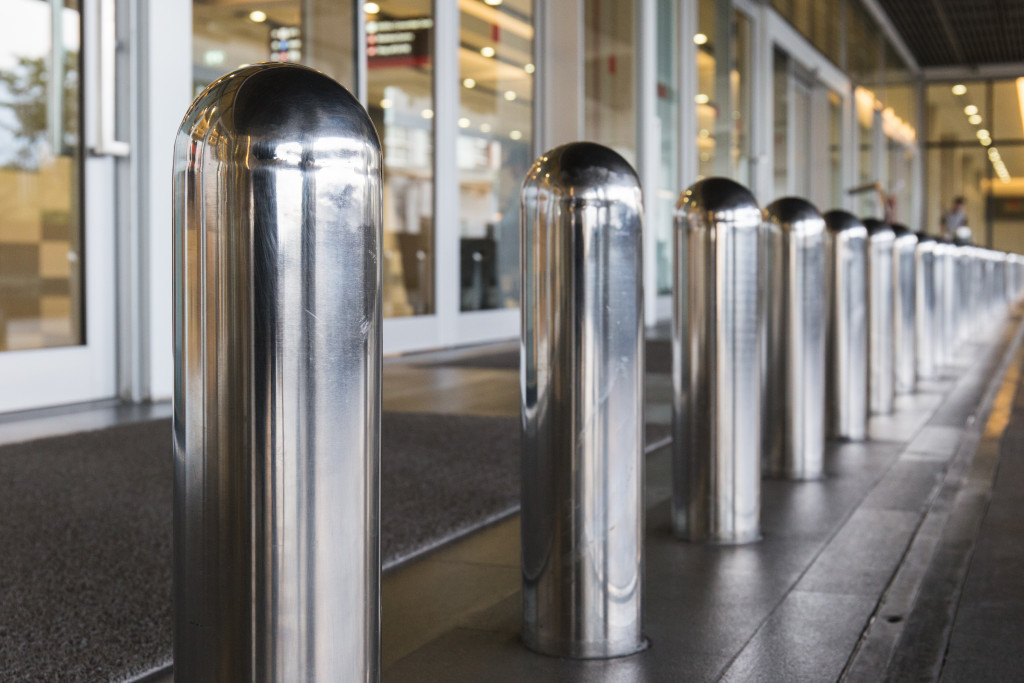We have all heard about smart buildings. We heard about how organizations are switching their traditional roof for solar panels. They are saving on overhead costs. They’re also helping the environment from totally disintegrating. But here’s the question: can you totally understand the commercial application of technology in today’s commercial buildings? Have you been to a smart building? What does it look like, and what are the other uses of smart technology aside from helping save on energy costs?
Despite the pandemic, the smart technology market continues to grow. This gave commercial spaces such as buildings and apartments a deeper appreciation of what this can do for their clients. Aside from the obvious benefits of lower operating costs and streamlining operations, they also look at how smart technologies can create better end-user experiences.
Security
The first thing that you will notice about smart technologies is their ability to secure residential or commercial space. You might be more familiar with residential smart automation systems than the ones being used in commercial spaces. The latter is no different from the former, though the scope of commercial automation systems is more complex than residential systems. So think of your own automation system at home, except that it’s a whole ecosystem of cameras, locks, alarms, and panels.

Anyone who has access to the mobile-supported app will be able to arm and disarm the locks via phone. If there are unusual activities detected in any part of the building, the owner will receive a text or email or depending on your choice. You can also control the areas in the building using the integrated app.
Energy Management
The best thing about having a smart system is you can monitor the energy expenditure of the building. This means you can control the lights, electronics, and climate control. This can be adjusted according to the environment that the tenants want. Most smart building systems have separate controls per unit, but the whole building is a huge ecosystem. So you might want to control them remotely based on seasonal and weather conditions.
For example, some rooms such as meeting and conference rooms may be unoccupied in an office building. Should you let the air conditioner run even though the room is not in use? Smart technology will allow you to monitor areas and spaces in the building that do not need heating or cooling. You can then turn off the system in these areas without needing to go there or to ask someone to do it for you.
Lighting
To provide a better experience to building occupants, owners are starting to look into human-centric lighting. This is a holistic approach wherein the owners will consider how certain lighting affects the well-being, comfort, and productivity of the tenants. Smart buildings have integrated a system wherein lights can mimic and reflect the sun’s lighting at specific times of the day. This will reduce eye strain usually caused by computer screens and reduce fatigue from spending long hours in the office.
Today, manufacturers have produced smart LED lights that have a full-color spectrum of about 16 million different colors, ranging from warm to cold. One simple touch can change the ambiance of a room. Thanks to smart buildings, you can provide tenants, customers, and clients with an environment where they can be comfortable and productive. Even if you have to leave for a long time, either for personal vacation or business, you can still control the lights in the building because of the smart system.
Efficiency
Smart technologies are obviously making buildings more efficient. Instead of having to do the tasks—turn on/off the lights, change the climate controls, and lock/unlock the doors, among many things—all buildings managers have to do is click some buttons on the smartphone or the control panel. These functions can be customized, so it’s not like the control panel can do just one task and ignore the others. It is up to you to customize these buttons so that they can deliver the output you want.
The demand for smart technologies and smart buildings continues to grow across all sectors and industries. Finally, there is an understanding of the benefits that these technologies bring in managing and running a commercial building. Whereas it is seen for its primary safety and security function in residential areas, smart systems are more than just a way to secure assets in a commercial setting. Instead, it is at the core of a web of systems that must work to make smart buildings more efficient and less reliant on human interventions.


